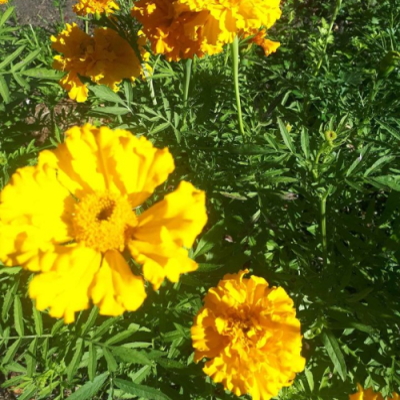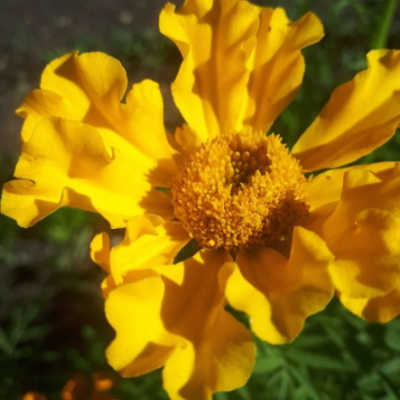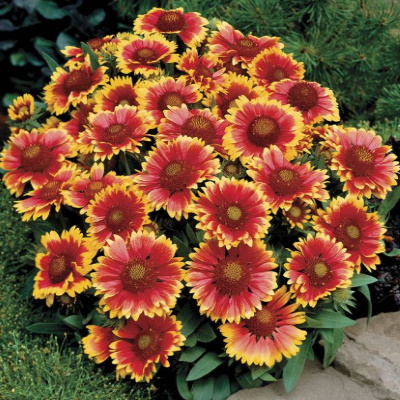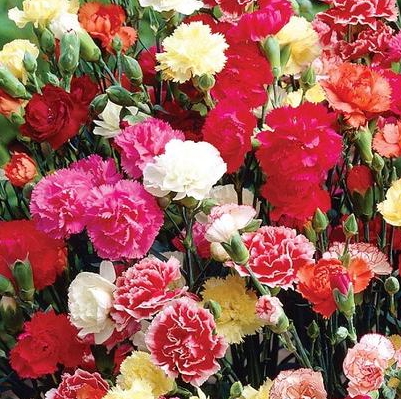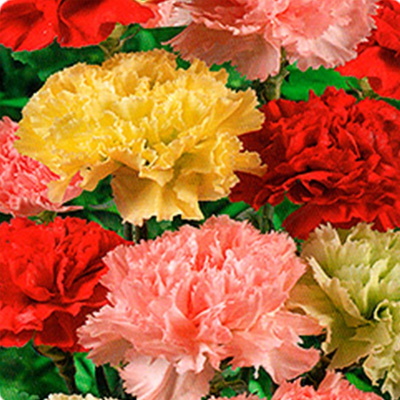-
Out of stock
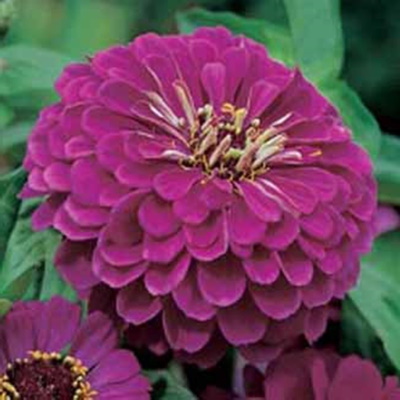 Annual flowering plant growth up to 50-80 cm. Large double flowers, diameter 10-12 cm, purple-violet. Blooms from June until frost.
Annual flowering plant growth up to 50-80 cm. Large double flowers, diameter 10-12 cm, purple-violet. Blooms from June until frost. -
Out of stock
 Annual flowering plant growth up to 50-80 cm. Large double flowers, diameter 10-12 cm, white. Blooms from June until frost.
Annual flowering plant growth up to 50-80 cm. Large double flowers, diameter 10-12 cm, white. Blooms from June until frost. -
Out of stock
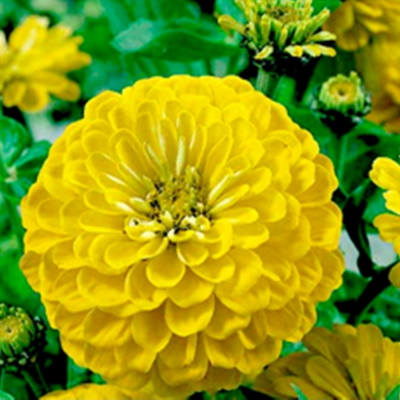 Annual flowering plant growth up to 50-80 cm. Large double flowers, diameter 10-12 cm, bright yellow. Blooms from June until frost.
Annual flowering plant growth up to 50-80 cm. Large double flowers, diameter 10-12 cm, bright yellow. Blooms from June until frost. -
Out of stock
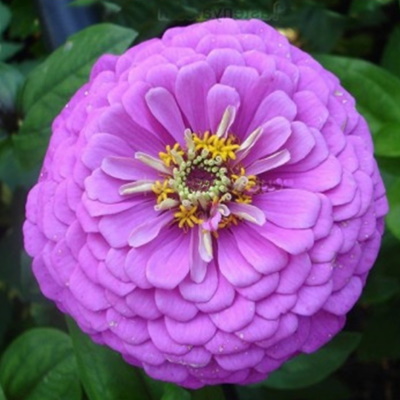 Annual flowering plant growth up to 50-80 cm. Large double flowers, diameter 10-12 cm, lilac. Blooms from June until frost.
Annual flowering plant growth up to 50-80 cm. Large double flowers, diameter 10-12 cm, lilac. Blooms from June until frost. -
Out of stock
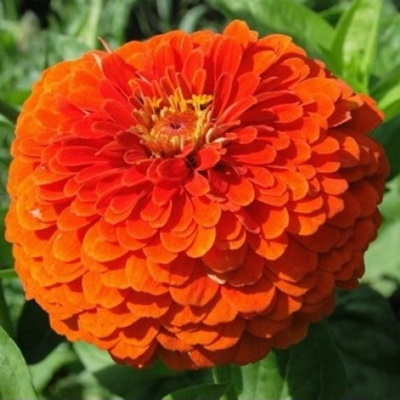 Annual flowering plant growth up to 50-80 cm. Large orange double flowers, diameter 10-12 cm. Blooms from June until frost.
Annual flowering plant growth up to 50-80 cm. Large orange double flowers, diameter 10-12 cm. Blooms from June until frost. -
Out of stock
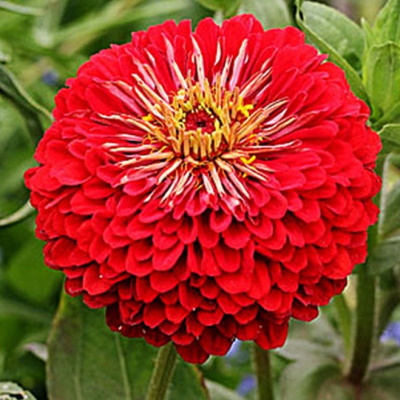 Annual flowering plant growth up to 50-80 cm. Large, terry, intense red flowers, diameter 10-12 cm. Blooms from June until frost.
Annual flowering plant growth up to 50-80 cm. Large, terry, intense red flowers, diameter 10-12 cm. Blooms from June until frost. -
Out of stock
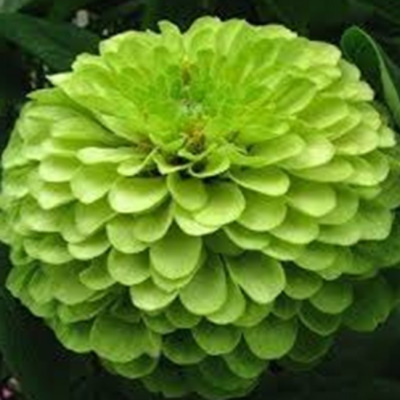 The annual plant grows to about 50-60 cm in height. Stems are powerful and strong, covered with hairs. It has solitary, light-green flower heads about 12 cm across on stems resembling daisies.
The annual plant grows to about 50-60 cm in height. Stems are powerful and strong, covered with hairs. It has solitary, light-green flower heads about 12 cm across on stems resembling daisies. -
Out of stock
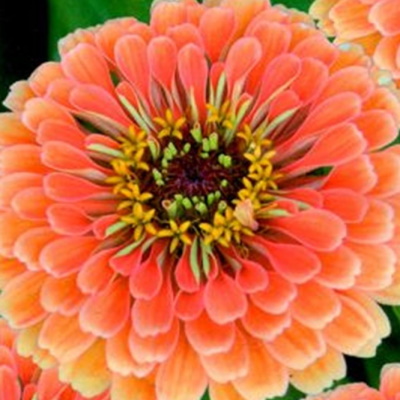 Annual flowering plant growth up to 50-80 cm. Large double flowers, diameter 10-12 cm, salmon coluor. Blooms from June until frost.
Annual flowering plant growth up to 50-80 cm. Large double flowers, diameter 10-12 cm, salmon coluor. Blooms from June until frost. -
Out of stock
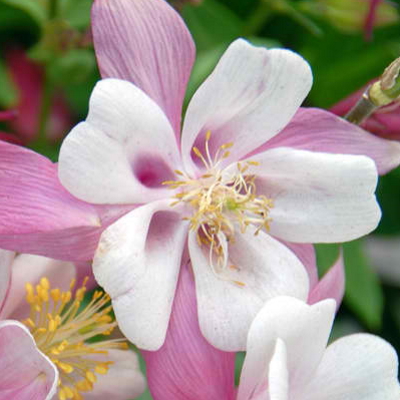 Beautiful pastel columbine seeds approximately 100 count. Learn: How to grow Columbine plants
Beautiful pastel columbine seeds approximately 100 count. Learn: How to grow Columbine plants -
Out of stock
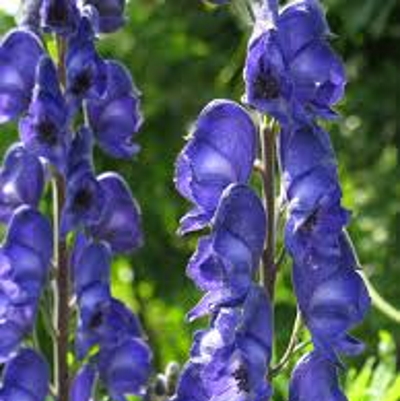 The monkshood plant is an herbaceous wildflower that can be found growing in mountain meadows throughout the northern hemisphere. The plant gets its name from the shape of the posterior sepal of the flowers, which resembles the cowls worn by monks. Also known as wolfsbane and Aconitum, monkshood has become popular as a garden addition because of its purple/blue flowers and attractive foliage. Growing 2 to 4 feet (0.5 to 1 m.) tall and 1 to 2 feet (0.5 m.) wide, perennial monkshood is best grown as a background plant. The leaves of the monkshood plant are palmate, meaning hand-shaped, with lobed “fingers” that often have toothed edges and vary in color from light to dark green. In late summer or early fall, it sends up showy spires of purple/blue flowers. Monkshead is not invasive and is both deer and rabbit resistant. However, monkshood, or wolfsbane, is moderately difficult to grow and once planted, doesn’t like to be moved so the best way to grow monkshood is to choose your spot carefully. It sometimes takes a while for it to become established.
The monkshood plant is an herbaceous wildflower that can be found growing in mountain meadows throughout the northern hemisphere. The plant gets its name from the shape of the posterior sepal of the flowers, which resembles the cowls worn by monks. Also known as wolfsbane and Aconitum, monkshood has become popular as a garden addition because of its purple/blue flowers and attractive foliage. Growing 2 to 4 feet (0.5 to 1 m.) tall and 1 to 2 feet (0.5 m.) wide, perennial monkshood is best grown as a background plant. The leaves of the monkshood plant are palmate, meaning hand-shaped, with lobed “fingers” that often have toothed edges and vary in color from light to dark green. In late summer or early fall, it sends up showy spires of purple/blue flowers. Monkshead is not invasive and is both deer and rabbit resistant. However, monkshood, or wolfsbane, is moderately difficult to grow and once planted, doesn’t like to be moved so the best way to grow monkshood is to choose your spot carefully. It sometimes takes a while for it to become established. -
Out of stock
 Enjoy a baby's breath that is actually pink! Plant in your sunny perennial garden and watch as large panicles of true light pink flowers splash your garden from early through midsummer. This upright, well-branched, bush type grows up to 3' tall. Use as a filler plant to cover dying bulb foliage or for perennials that go dormant in the summer months. The pretty pink flowers also are perfect in floral arrangements! Makes an excellent dried flower.
Enjoy a baby's breath that is actually pink! Plant in your sunny perennial garden and watch as large panicles of true light pink flowers splash your garden from early through midsummer. This upright, well-branched, bush type grows up to 3' tall. Use as a filler plant to cover dying bulb foliage or for perennials that go dormant in the summer months. The pretty pink flowers also are perfect in floral arrangements! Makes an excellent dried flower. -
Out of stock
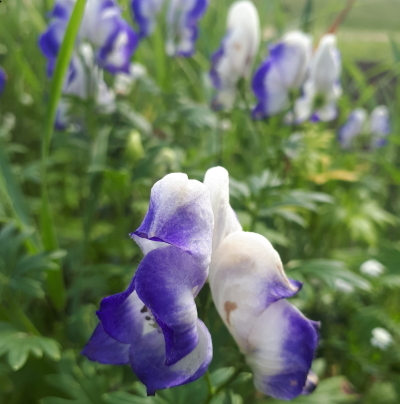 25 seeds per order. Purple Monkshood seeds 2020 harvest.
25 seeds per order. Purple Monkshood seeds 2020 harvest. -
Out of stock
 This delightful Japanese Catmint has many merits. Both the foliage and the flowers are fragrant. It blooms the first year from seed, unlike most perennials. It is upright and nicely branched, rather than sprawling. Make it a centerpiece of your containers and sunny-to-partly-shaded garden areas! Panther Dark Blue walked off with the Bronze Medal at Holland's prestigious Plantarium competition in 2015. The attractive little plant is much more compact than other catmint species, standing just 20 cm high and 25 cm wide. The foliage is bright green, glossy, and toothed, releasing a strong, heavenly fragrance from spring through fall. Profuse bloomer! Medium to dark blue, these tubular flowers reach up to 5 cm long, held in nice clusters on the top of the plant. The blossoms are fragrant, and they begin in early summer and go right through into early fall. You'll be amazed by the flower power of this petite plant.
This delightful Japanese Catmint has many merits. Both the foliage and the flowers are fragrant. It blooms the first year from seed, unlike most perennials. It is upright and nicely branched, rather than sprawling. Make it a centerpiece of your containers and sunny-to-partly-shaded garden areas! Panther Dark Blue walked off with the Bronze Medal at Holland's prestigious Plantarium competition in 2015. The attractive little plant is much more compact than other catmint species, standing just 20 cm high and 25 cm wide. The foliage is bright green, glossy, and toothed, releasing a strong, heavenly fragrance from spring through fall. Profuse bloomer! Medium to dark blue, these tubular flowers reach up to 5 cm long, held in nice clusters on the top of the plant. The blossoms are fragrant, and they begin in early summer and go right through into early fall. You'll be amazed by the flower power of this petite plant. -
-
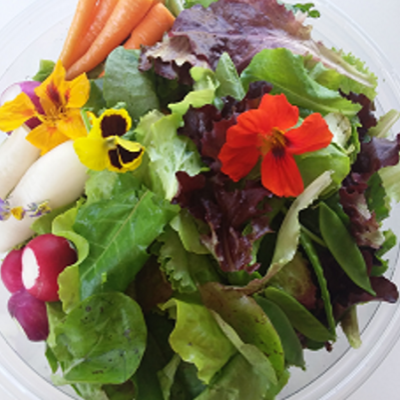 Nasturtium is a cheerful, easy, quick-growing annual flower! They’re colorful, edible flowers, and good for kids to plant. Salad Blend nasturtiums feature spurless, half-double flowers in tangerine, soft salmon, deep gold, deep mahogany, bright scarlet, cream, and cherry-rose. Pick and wash a handful of these bright summer flowers and just tear them into pieces over a summer salad. The result transforms a simple salad into a work of art. They’re also great for companion planting as a fantastic trap crop; the mustard oil they produce is adored by garden pests. After seeding, plants appear in 7 to 10 days.
Nasturtium is a cheerful, easy, quick-growing annual flower! They’re colorful, edible flowers, and good for kids to plant. Salad Blend nasturtiums feature spurless, half-double flowers in tangerine, soft salmon, deep gold, deep mahogany, bright scarlet, cream, and cherry-rose. Pick and wash a handful of these bright summer flowers and just tear them into pieces over a summer salad. The result transforms a simple salad into a work of art. They’re also great for companion planting as a fantastic trap crop; the mustard oil they produce is adored by garden pests. After seeding, plants appear in 7 to 10 days. -
 This delightful Japanese Catmint has many merits. Both the foliage and the flowers are fragrant. It blooms the first year from seed, unlike most perennials. It is upright and nicely branched, rather than sprawling. Make it a centerpiece of your containers and sunny-to-partly-shaded garden areas! Sister to Panther Dark Blue which walked off with the Bronze Medal at Holland's prestigious Plantarium competition in 2015. The attractive little plant is much more compact than other catmint species, standing just 20 cm high and 25 cm wide. The foliage is bright green, glossy, and toothed, releasing a strong, heavenly fragrance from spring through fall. Profuse bloomer! Medium to dark pink, these tubular flowers reach up to 5 cm long, held in nice clusters on the top of the plant. The blossoms are fragrant, and they begin in early summer and go right through into early fall. You'll be amazed by the flower power of this petite plant.
This delightful Japanese Catmint has many merits. Both the foliage and the flowers are fragrant. It blooms the first year from seed, unlike most perennials. It is upright and nicely branched, rather than sprawling. Make it a centerpiece of your containers and sunny-to-partly-shaded garden areas! Sister to Panther Dark Blue which walked off with the Bronze Medal at Holland's prestigious Plantarium competition in 2015. The attractive little plant is much more compact than other catmint species, standing just 20 cm high and 25 cm wide. The foliage is bright green, glossy, and toothed, releasing a strong, heavenly fragrance from spring through fall. Profuse bloomer! Medium to dark pink, these tubular flowers reach up to 5 cm long, held in nice clusters on the top of the plant. The blossoms are fragrant, and they begin in early summer and go right through into early fall. You'll be amazed by the flower power of this petite plant. -
-
Out of stock
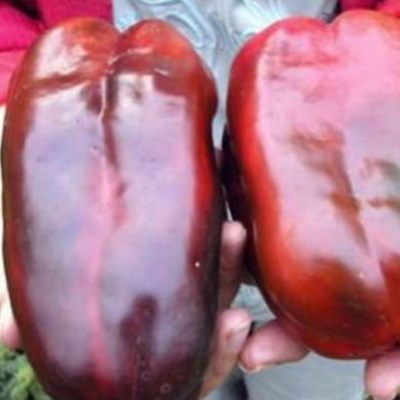 Red Giant was twice as big as the largest bell pepper. Plants are compact 60 cm tall. Truly remarkable then and now. Mid-season variety (140-160 days). Scrub grows up to 80-100 cm high, requires support during fruiting. Oblong-prismatic shaped very large red-coloured fruits, weight 500-800 grams, 20-30 cm long. Use fresh and for freezing and canning.
Red Giant was twice as big as the largest bell pepper. Plants are compact 60 cm tall. Truly remarkable then and now. Mid-season variety (140-160 days). Scrub grows up to 80-100 cm high, requires support during fruiting. Oblong-prismatic shaped very large red-coloured fruits, weight 500-800 grams, 20-30 cm long. Use fresh and for freezing and canning. -
Out of stock
 Mid-season (95-110 days) variety for open ground. The plants grow 45-55 cm tall. Smooth, bright red fruits, weight 50-85 grams with an excellent taste.
Mid-season (95-110 days) variety for open ground. The plants grow 45-55 cm tall. Smooth, bright red fruits, weight 50-85 grams with an excellent taste. -
Out of stock
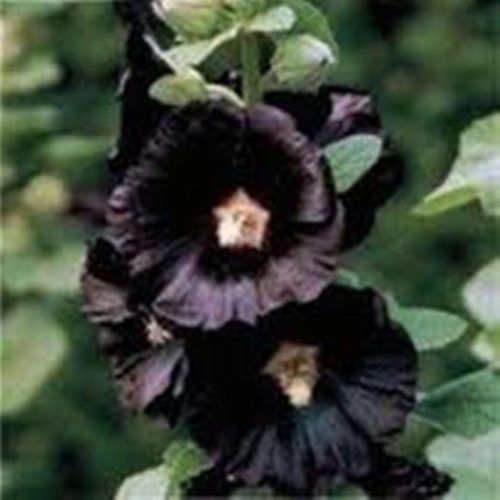 Biennial. This traditional variety is shockingly beautiful and richly coloured with its near-black flowers with just a hint of red. Gorgeous planted in the back of your flower bed or next to white buildings white flowers. A must for historical gardens.
Biennial. This traditional variety is shockingly beautiful and richly coloured with its near-black flowers with just a hint of red. Gorgeous planted in the back of your flower bed or next to white buildings white flowers. A must for historical gardens. -
-
Out of stock
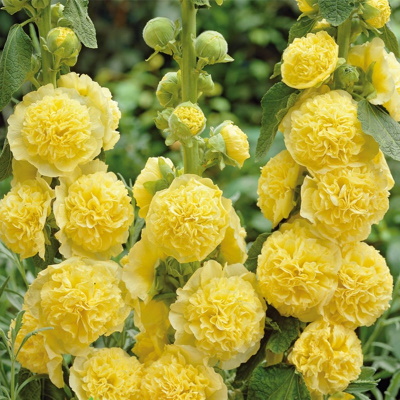 Perennial, grows 150-250cm tall. Large, yellow, double flowers collected in giant inflorescences. Blooms in the second year from July. Use for group plantings, borders, and cutting.
Perennial, grows 150-250cm tall. Large, yellow, double flowers collected in giant inflorescences. Blooms in the second year from July. Use for group plantings, borders, and cutting. -
Out of stock
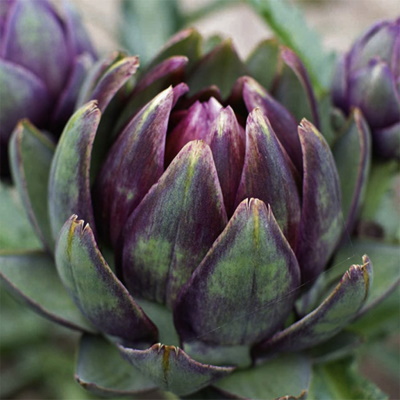 Start seed indoors in a soil-less mix 8-12 weeks before the last frost date in your area. Sow the seed 6 mm (1/4″) deep and germinate at 21-26 C (70-80 F). When seedlings are 2.5-5 cm (1-2″) high transplant to individual 10 cm (4″) pots and grow on at 15-21 C. Harden off and transplant to the garden after the threat of frost has passed. Artichoke does best in full sun with a deep, organic, fertile soil. Space plants 60-90 cm (24-36″) apart in the row with rows 1.75 m (6′) apart. Keep plants evenly watered and mulch the soil to help preserve soil moisture and keep the soil from becoming too warm in summer. If the soil does become too warm, it can trigger a summer dormant period. Start with a thin layer of mulch and build it up to 10 cm (4″) thick as the plants grow.
Start seed indoors in a soil-less mix 8-12 weeks before the last frost date in your area. Sow the seed 6 mm (1/4″) deep and germinate at 21-26 C (70-80 F). When seedlings are 2.5-5 cm (1-2″) high transplant to individual 10 cm (4″) pots and grow on at 15-21 C. Harden off and transplant to the garden after the threat of frost has passed. Artichoke does best in full sun with a deep, organic, fertile soil. Space plants 60-90 cm (24-36″) apart in the row with rows 1.75 m (6′) apart. Keep plants evenly watered and mulch the soil to help preserve soil moisture and keep the soil from becoming too warm in summer. If the soil does become too warm, it can trigger a summer dormant period. Start with a thin layer of mulch and build it up to 10 cm (4″) thick as the plants grow. -
